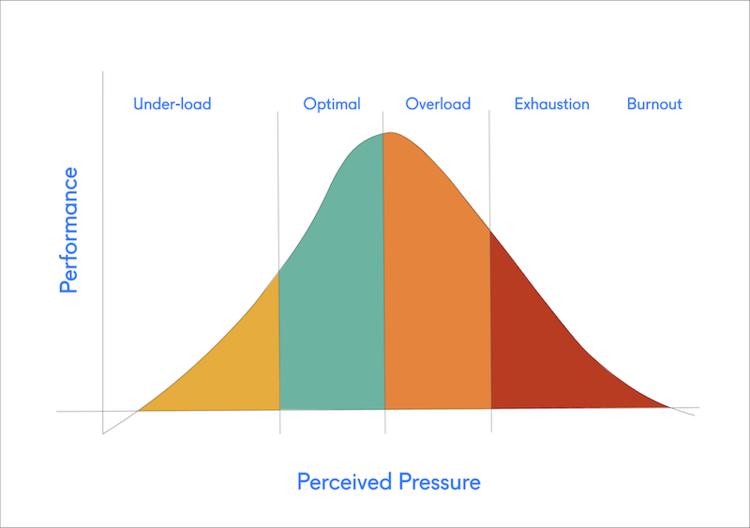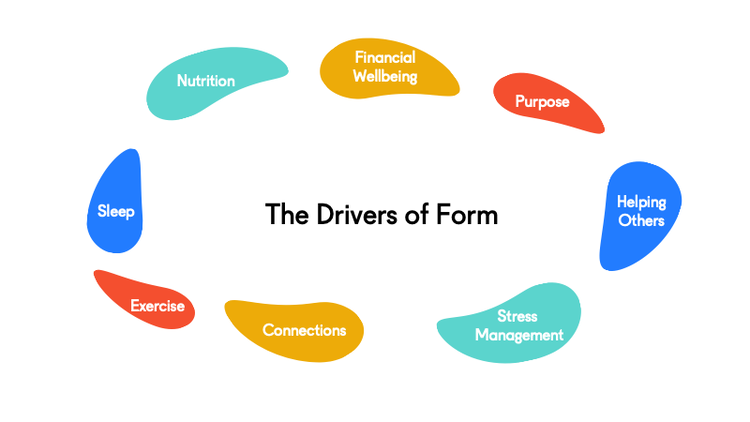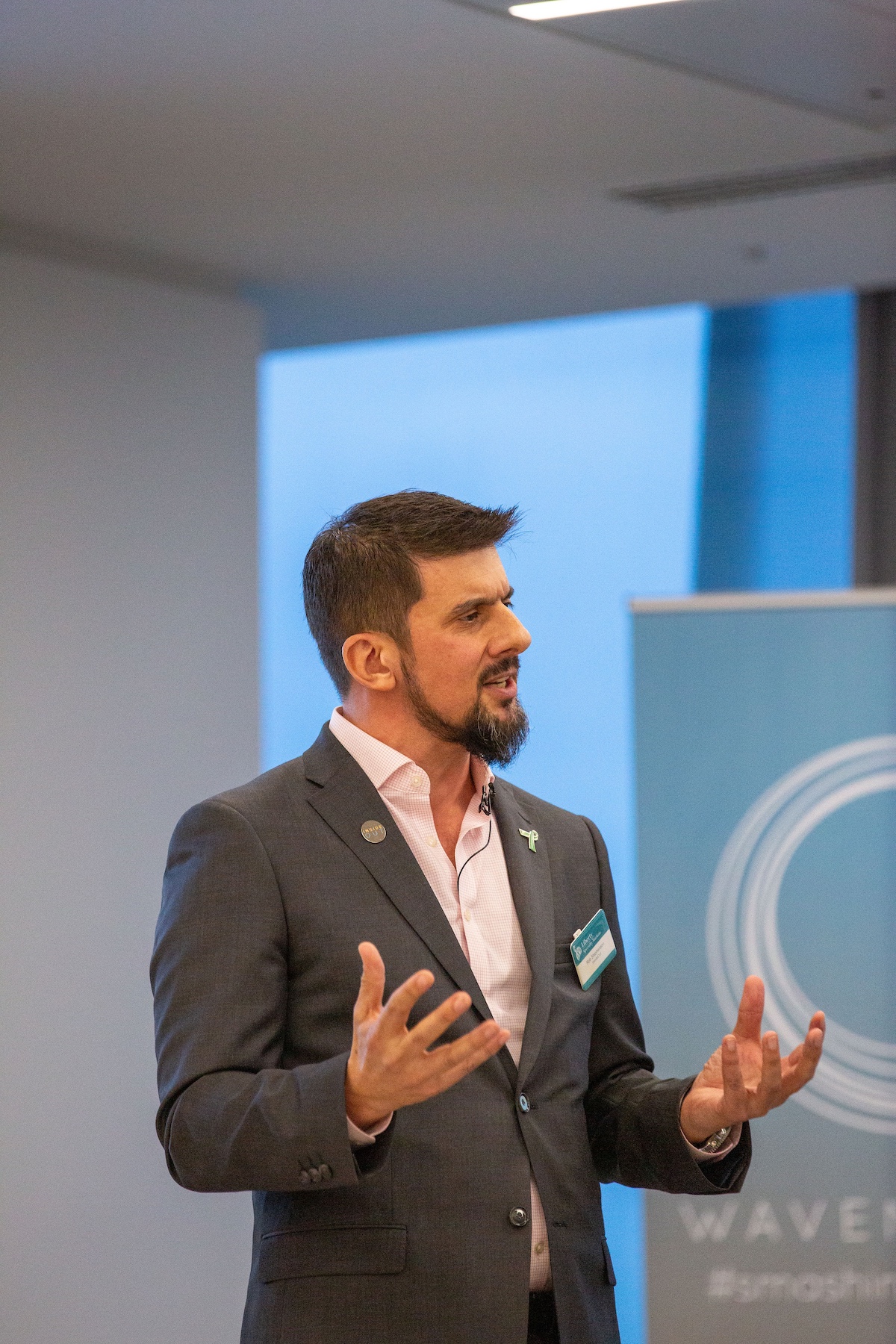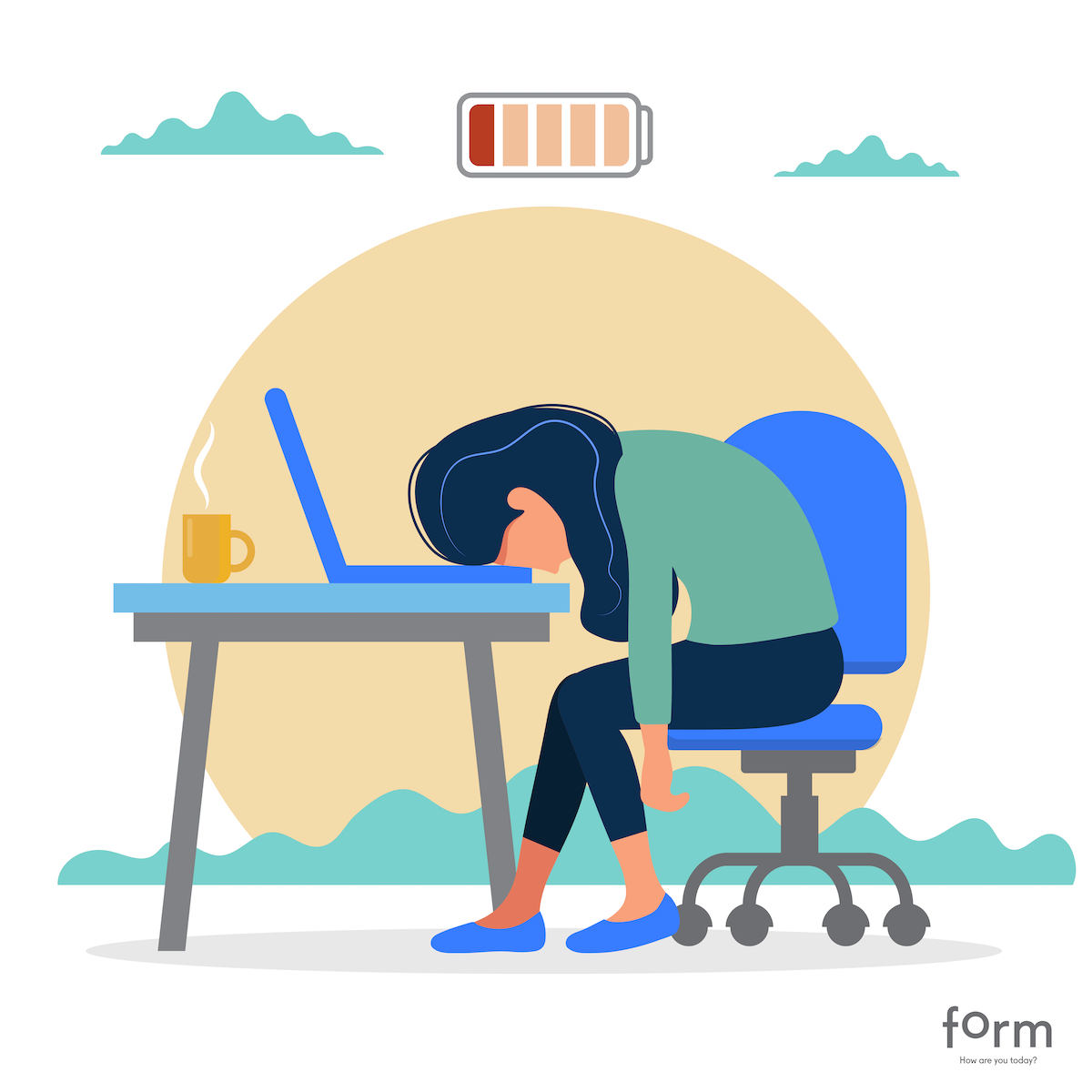19 Sep Written By Rob Stephenson
The Covid pandemic is turning out to be a marathon and not a sprint. Yet we have been sprinting for the last 6 months. We have pivoted, adapted and adjusted to a new way of remote working for many in a very short space of time. We have home-schooled; worked hard; juggled and worried. And we have not stopped. Many of us have not taken a proper holiday since Christmas. Some forward thinking organisations have enforced breaks and given our recovery days but these are the exception. We have been working longer hours with fewer breaks and we have experienced the loss of both human connection and the natural buffer of the commute separating work from home. And we have been doing this whilst staring at a small screen for hours and hours on end. We are yet to see the full impact of the economic fall out and we are approaching a winter in the Northern hemisphere with Covid numbers starting to rise again.

What is Burnout?
Burnout is a state of emotional, physical, and mental exhaustion caused by excessive and prolonged stress. First coined in the 70’s by American psychologist Herbert Freudenberger in relation to the “helping professions”, it can affect anyone. Prior to the pandemic, burnout was a significant global problem due to the way we work and the absence of recovery and balance from many of our lives. The pandemic has amplified this problem to crisis proportions.
What are the signs of Burnout?
There are a number of signs and symptoms associated with burnout. The main point to note is that the symptoms of burnout are generally thought to be caused by work related stress. Here is what to look for:
- Emotional and physical exhaustion
- Depleted energy levels
- Lack of motivation and feeling low
- Detachment in work and personal relationships
- Reduced productivity and performance
- An increased feeling of negativity or pessimism
- Difficulty concentrating
- A greater susceptibility to illness
- Lack of creativity
Burnout or depression?
Many of the symptoms of burnout are common to those of depression including extreme exhaustion, low mood and reduced productivity.
Burnout is generally caused by problems associated with work whereas with depression, the low feelings are usually associated with all aspects of life.
It is important not to self-diagnose burnout as, taking time out of work, may not be the right course of action. If you suspect that you are experiencing depression or burnout it is crucial that you seek professional advice from a qualified medical professional.
The 12 Stages of Burnout
(Herbert Freudenberger and Gail North)
- Excessive drive or ambition: demonstrating worth obsessively; tends to hit the best employees, those with enthusiasm who accept responsibility readily.
- Working Harder and Pushing Oneself: an inability to switch off.
- Neglecting Personal Needs: erratic sleeping, eating disrupted, lack of social interaction.
- Displacement of Conflicts: problems are dismissed; we may feel threatened, panicky, and jittery.
- Value Revision: Values are skewed, friends and family dismissed, hobbies seen as irrelevant. Work is the only focus
- Denial: intolerance; perceiving collaborators as stupid, lazy, demanding, or undisciplined; social contacts harder; cynicism, aggression; problems are viewed as caused by time pressure and work, not because of life changes
- Withdrawal: social life small or nonexistent, need to feel relief from stress, alcohol/drugs.
- Behavioral Changes: changes in behavior obvious; friends and family concerned.
- Depersonalization: seeing neither self nor others as valuable, and no longer perceive own needs.
- Inner Emptiness: feeling empty inside and to overcome this, look for activity such as overeating, sex, alcohol, or drugs; activities are often exaggerated.
- Depression: feeling lost and unsure, exhausted, future feels bleak and dark.
- Burnout Syndrome: can include total mental and physical collapse; time for full medical attention.
Preventing Burnout and Building Resilience Capacity
Resilience is the capacity to prepare for, recover from and adapt in the face of stress, challenge or adversity.
To understand burnout we need to better understand stress. Physiological stress is out flight or fight response. The stress hormones of Adrenaline and Cortisol flood our system, preparing the body to deal with a threat.
We need a certain amount of stress to perform in our jobs, to present or to hit a deadline.

The “stress – arousal” curve demonstrated that too little stress results in under-performance as we have a lack of motivation and drive. There is an optimal amount of stress when we will deliver high performance and yet remain in balance with over aspects of life and be able to prioritise drivers of Form (pillars of wellbeing).
After a flight or fight response, generally we find time to recover (known as rest and digest). The problem with burnout is that our drive with work overrules the natural tendency to recovery after a particularly stressful event.
Think of the Elite Athlete
The elite athlete is an expert at managing stress. She will push herself hard in training which causes a physiological stress response and then she will rest to allow her mind and body to recover. The interesting part of this is that her fitness actually improves when she is recovering and not when she is training. Now, imagine that our athlete is a world class marathon runner. She has just won the London Marathon in world record time. What does she do the day after? Go for an intense training run? Run another marathon? No, she rests. At most she got for a very light recovery run to get the blood flowing and remove toxins.
Elite athletes are experts in resting and recovering
Corporate athletes are not. We have a tendency to push ourselves day in and day out with little time for recovery.
Self Care for the Corporate Athlete
So how do we prioritise self care to avoid burnout? The answer lies in establishing self awareness and bringing balance. Lets thing about how we can do this in stages:
1. Develop Literacy on the Pillars of Wellbeing

To effectively protect against burnout we need to understand the drivers of our Form, or pillars of mental wellbeing. We then need to build a level of self awareness as to which pillars are most relevant for you.
2. Conduct a Balance Audit
Are your drivers of form in balance alongside the motivation to be successful in he workplace. Ask yourself these 10 questions:
- How motivated do I feel?
- What are my perceived energy levels?
- Do simple tasks and decisions feel easy?
- How well has my sleep been recently?
- Have I exercised well lately?
- How has my diet been recently?
- How purposeful do I feel?
- How connected to family. friends and colleagues am I?
- How well am I balancing stress with recovery?
- How relaxed about my finances am I?
Think about the answers and ask yourself how well your life is in balance. As we move through the stages of burnout, we find that we become more and more unbalanced.
The FormScore Methodology is a helpful way of tracking this balance using a score out of 10.
3. Reset
If we are starting to see the signs of imbalance it could be time to press the reset button. Start with this statement:
I will be more effective at my job if I prioritise self-care
Then, reflect on the drivers of Form that are out of balance and choose to focus on them. Start with micro steps and make a personal commitment to yourself:
- I will choose to take a 5 minute break between Zoom calls
- I will schedule exercise that I enjoy 4 times per week
- I will dedicate time to enjoy mindful play with my children
- I will take 10 minutes to call my parents
- I will turn off my technology 1 hour before going to bed
- I will prioritise sleep
There are many other ideas we could focus on here but the important thing is that they are relevant to you.
4. Create a Social Contract of Care
In the workplace, we have an opportunity and an obligation to look out for each other and can help colleagues avoid burnout if we choose to take the time. Here’s how to do it:
- In your teams, decide that you want to banish burnout
- Commit to check in with each other regularly by asking “how are you today?”
- Decide to create the safe space by being vulnerable and share how you are feeling. The FormScore is a great way to do this as people feel very comfortable assigning a score out of 10 to their wellbeing.
- Discuss what your “Wellbeing non-negotiables” are. Is it the morning yoga class? The lunch time work? The time with family before bed time? The time to pursue your hobbies?
- Hold each other to account to make sure that we are not compromising on these non-negotiables and self-care
- Watch for signs of colleagues moving through the stages towards burnout.
- Be confident in calling out behaviours that look to be unhealthy
Following these 7 steps will go a long way increasing culture of care.
Concluding Thoughts
Burnout is a real challenge during these times. Yet it is completely avoidable if we give ourselves the gift of self-awareness and the space to notice when things start to become out of balance. We have a unique opportunity to support each other on a human level in the workplace if we choose to do so.
Who’s with me?
If you suspect that you are experiencing depression or burnout it is crucial that you seek professional advice from a qualified medical professional. Don’t delay as catching burnout early is the key to a quicker recovery.
Rob Stephenson is a mental health campaigner and is known as the bloke who asks the question “how are you today?” He is the Founder of the InsideOut LeaderBoard and the CEO of Form. The FormScore App is a technology solution that helps people notice how they are feeling and share this with friends, family and colleagues in order to better support each other.


